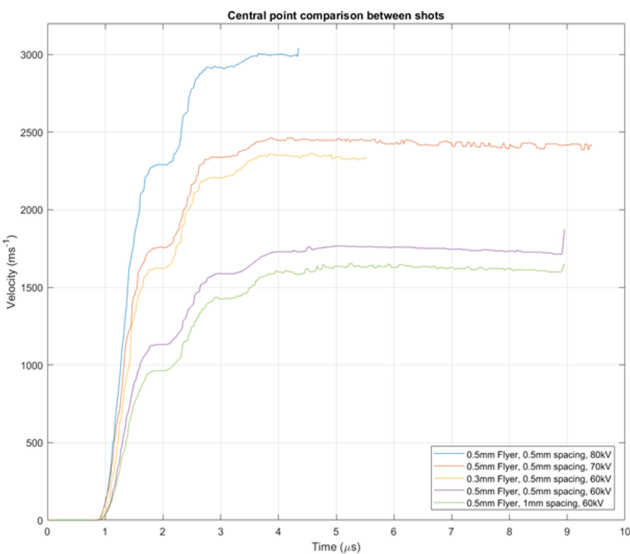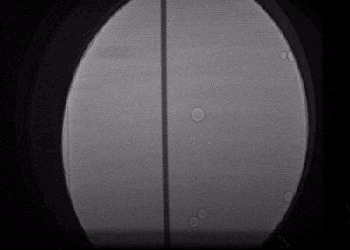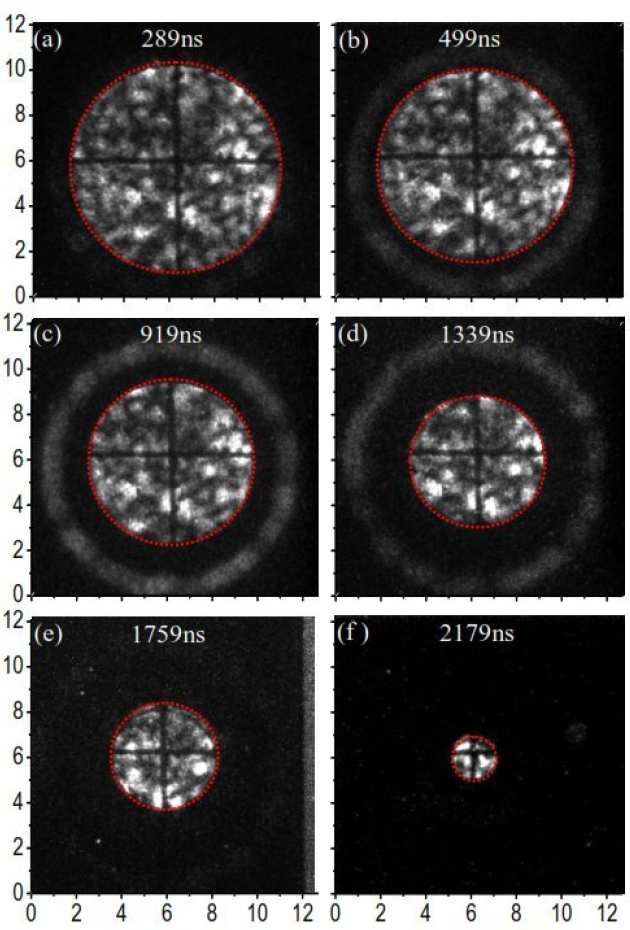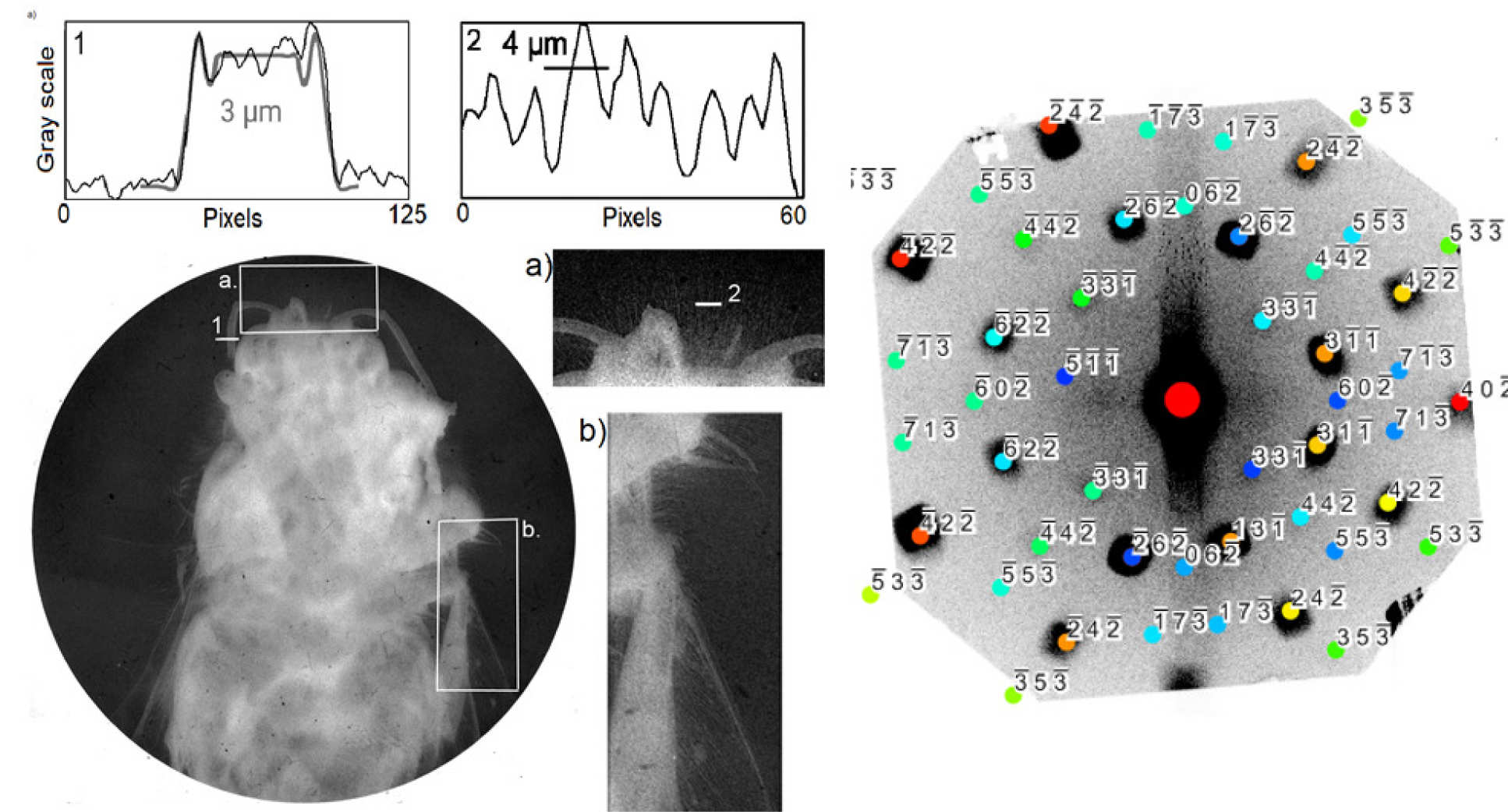Isentropic Compression
To create high pressures in metals and other materials, current pulses are passed through a stripline configuration. Current remains confined to the insider surface of the stripline, creating a large magnetic field which then exerts an outwards pressure on the electrodes via the JXB force. Controlling the current pulse controls the pressure wave that passes through the electrodes and any target mounted on them. Measuring the particle velocities of different thickness targets allows P-V / stress-strain measurements to be made. On MACH pressures of ~30-60KBar are achievable, ideal for studying the strength of many allows, plastics etc.

High Velocity Flyer Experiments
 The high magnetic pressures created in isentropic compression experiments can be harnessed to launch solid flyer plates. On MACH we have launched 10x10mm aluminium plates to ~3kms-1 and are now looking to improve this. The plates can be impacted with targets to create high pressure shock waves, and are particularly interesting for shock driven fusion research.
The high magnetic pressures created in isentropic compression experiments can be harnessed to launch solid flyer plates. On MACH we have launched 10x10mm aluminium plates to ~3kms-1 and are now looking to improve this. The plates can be impacted with targets to create high pressure shock waves, and are particularly interesting for shock driven fusion research.
Exploding wires and convergent shock wave research
 A large current pulse travelling through a wire will cause it to undergo solid-liquid-gas phase changes and then ionise to form a plasma. If the wire is in water or another liquid, the sudden expansion of the wire into the gas/plasma state will launch a strong shockwave through the water. There are still many questions concerning how the wire expands in liquid, what instabilities may develop and how the shock wave is launched. Working with colleagues at Technion we have performed the first pulsed power experiments coupled to the multi frame radiography capabilities of European Synchrotron Radiation Facility to enable a detailed exploration of these processes.
A large current pulse travelling through a wire will cause it to undergo solid-liquid-gas phase changes and then ionise to form a plasma. If the wire is in water or another liquid, the sudden expansion of the wire into the gas/plasma state will launch a strong shockwave through the water. There are still many questions concerning how the wire expands in liquid, what instabilities may develop and how the shock wave is launched. Working with colleagues at Technion we have performed the first pulsed power experiments coupled to the multi frame radiography capabilities of European Synchrotron Radiation Facility to enable a detailed exploration of these processes.

Arranging the wires into a cylindrical array, the shockwaves from adjacent wires will merge and form a cylindrically convergent shock. On MACH, using 10mm diameter arrays in water, the shockwave reaches velocities of ~7kms-1 as it approaches the axis. This is expected to result in pressures >Mbar, densities 3g/cc and temperatures ~eV.
X-pinch research
A single wire subject to a fast rising current will develop m=0 instabilities at random points along its length, each of which will compress the wire material producing a hot spot. By crossing 2 or more wires, this hot spot is localised and concentrated. The compression of the cross over point, results in extremes densities and temperatures, possibly producing radiative collapse. As it collapses the X-pinch produces a very short <ns, pulse of soft radiation (few KeV) on the few micron scale. This is accompanied by a longer burst of harder radiation from a larger area.
Working with colleagues at the Lebedev Institute and Cornell University we have used the soft radiation from X-pinches for time resolved radiography for a number of years. More recently we have started exploring using the harder emission for radiography of gas gun/shock physics experiments, diffraction and X-ray absorption spectrometry.
